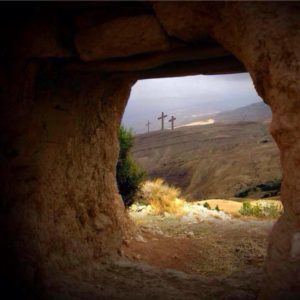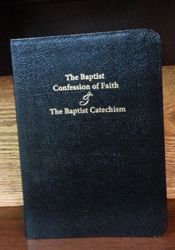 Article by Phil Johnson (original source here)
Article by Phil Johnson (original source here)
Arminians often insist that if “God from all eternity did, by the most wise and holy counsel of his own will, freely and unchangeably ordain whatsoever comes to pass” (Westminster Confession of Faith, III.1) then He must be morally responsible for evil. If His decree caused everything that happens, they claim, that makes Him the Cause of evil, and that in turn contradicts James 1:13 and 1 John 1:5.
How have Calvinists responded to that charge?
Classic Calvinism does teach, of course, that God’s
eternal decree is a binding verdict that set everything in motion toward a predetermined end, and God remains sovereign in the outworking of His providence. (Providence speaks of His purposeful care and management of everything He created). The decree is eternal, meaning it was issued before the foundation of the world. It is God’s own sovereign fiat (authoritative edict). The word fiat is Latin for “let it be done.”
But He ordained the means as well as the end. In other words, God is not the direct cause (“the efficient cause”) of all that He decreed. He is by no means a mere passive observer of unfolding events, nor is He subject to any higher or more determinate will than His own. But His “let it be done” is not necessarily the exact logical equivalent of “I Myself will do this.” (See, for example, Job 1:12; 2:6.)
But isn’t it still the case that God’s decree ultimately causes “whatsoever comes to pass”?
Well, yes, in one sense. But there is more than one sense of the word cause. We rightly distinguish between efficient and final causes (sometimes labeled proximate and ultimate causes). These are not concepts made up on the fly for the benefit of dodging Arminian objections. The distinctions between various kinds of causes are long-established differentiations—elementary concepts of truth and logic that go back at least as far as Aristotle.
Aristotle, for example, named four categories of cause:
1. The Final Cause—that for the sake of which something happens
2. The Efficient Cause—the agent whose action produces the effect
3. The Material Cause—the substance that gives being to the effect
4. The Formal Cause—the shape, pattern, definition, or species of the effect
From the Internet Encyclopedia of Philosophy’s “Aristotle” entry:
The development of potentiality to actuality is one of the most important aspects of Aristotle’s philosophy. It was intended to solve the difficulties which earlier thinkers had raised with reference to the beginnings of existence and the relations of the one and many. The actual vs. potential state of things is explained in terms of the causes which act on things. There are four causes:
1. Material cause, or the elements out of which an object is created;
2. Efficient cause, or the means by which it is created;
3. Formal cause, or the expression of what it is;
4. Final cause, or the end for which it is.
Take, for example, a bronze statue. Its material cause is the bronze itself. Its efficient cause is the sculptor, insofar has he forces the bronze into shape. The formal cause is the idea of the completed statue. The final cause is the idea of the statue as it prompts the sculptor to act on the bronze.
God is the final cause; not the efficient cause of evil.
To illustrate that someone or something can be the “final cause” of an evil act and yet not be held morally responsible for it, consider these examples: Continue reading



